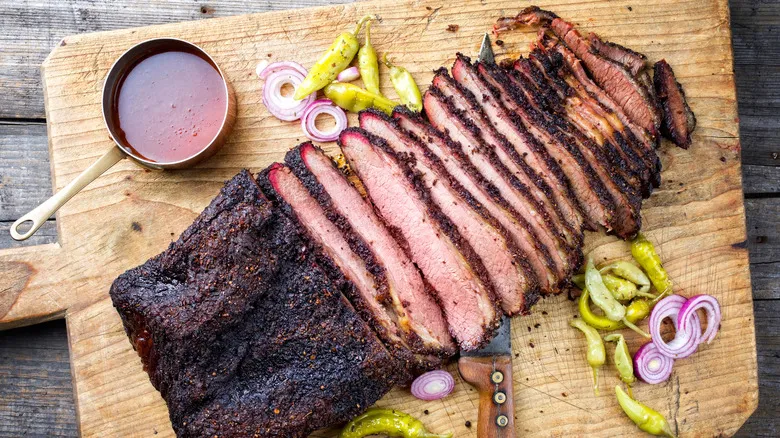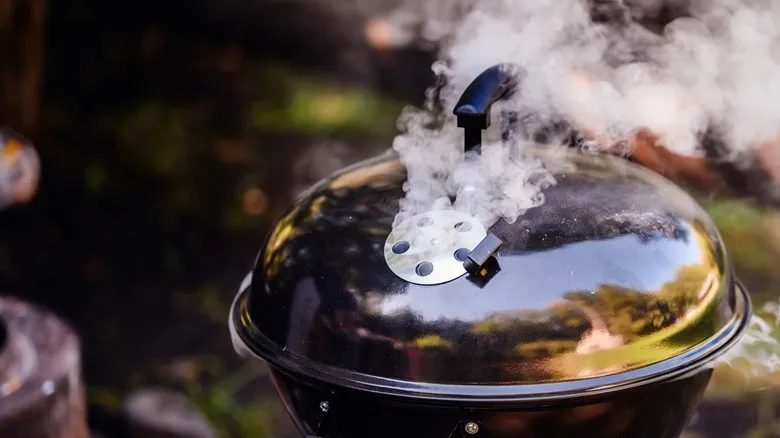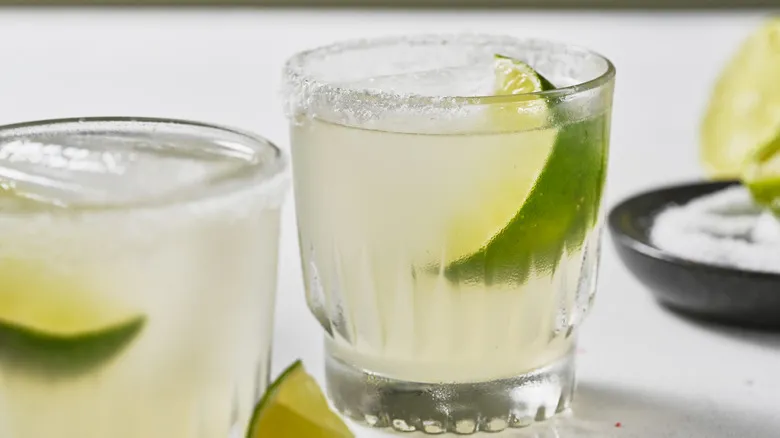The science of smoke rings
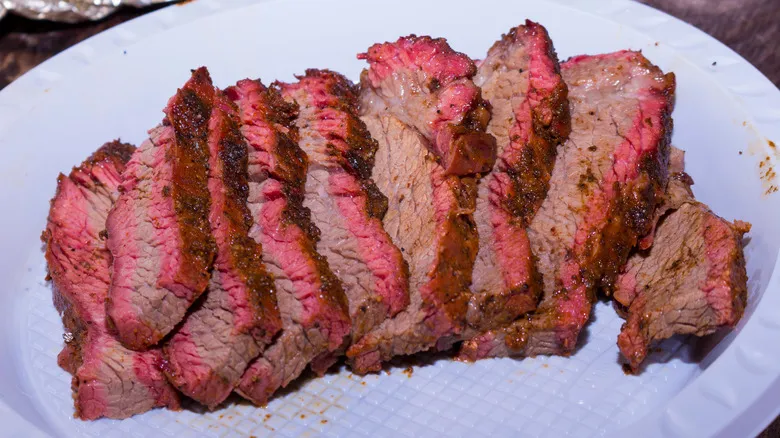
The mystery of that pink ring in your smoked meat can be attributed to a protein known as myoglobin. This molecule is closely related to hemoglobin, the protein you may recall from high school biology that transports oxygen in our bloodstream. Both myoglobin and hemoglobin contain a pigment called heme, which imparts the meat's characteristic blood-red hue.
Here's where it gets fascinating: Raw meat initially appears purplish, but it turns bright red when it comes into contact with air. If left out longer, it will eventually develop a rusty brown color, typical of well-done steaks. This color change can be understood by examining myoglobin's interaction with oxygen. This protein is highly reactive to oxygen—just a small amount can alter its color.
When you place the meat in a smoker and ignite the wood chips, nitrogen dioxide (NO2) binds to the myoglobin instead of oxygen. A significant amount of this gas is produced when burning wood chips like hickory in a smoker. NO2 effectively inhibits myoglobin from reacting with oxygen, which "locks in" the meat's color. Since NO2 is a gas, it cannot penetrate deeply into the meat, resulting in a pink ring around the outer layer while the interior turns a caramel brown.
Do smoked ringed meat taste better?
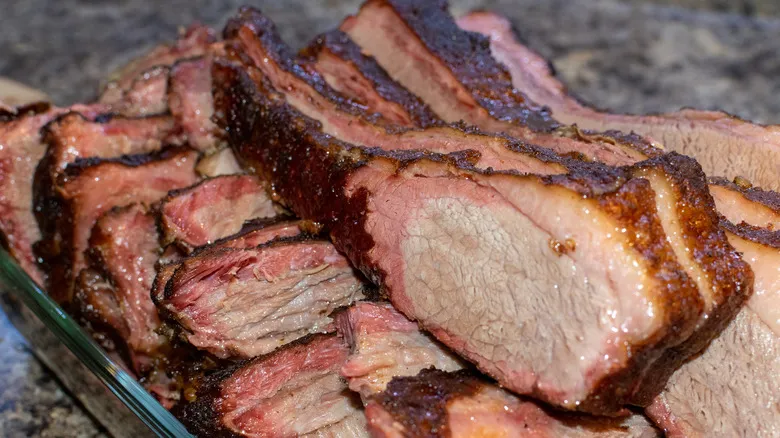
Smoke rings hold a nearly legendary reputation among many pitmasters, who assert that meats adorned with this ring taste significantly better than those without. The reality, however, can be both disheartening and uplifting. This reddish ring does not influence the meat's final flavor; the nitrogen dioxide responsible for it is flavorless, meaning its presence alters only the color, not the taste or texture of the meat. The smoke ring serves two primary purposes: it indicates how much NO2 bonded with the meat's surface before it was fully cooked, and it confirms that the meat was indeed prepared in a smoker rather than on another type of grill.
Additionally, it serves as a reminder that we shouldn't rely solely on visual cues to determine if meat is fully cooked. Always use a meat thermometer to ensure that smoked meat is ready to serve, as color alone may not be a reliable indicator.
If you've been having difficulty achieving a smoke ring at home, don’t worry. What will truly impress your guests is mastering the cooking time and serving those smoked beef plate ribs with a delicious marinade. And while a smoke ring can certainly spark some interesting conversation, it’s the flavor and tenderness that will leave a lasting impression.
Recommended
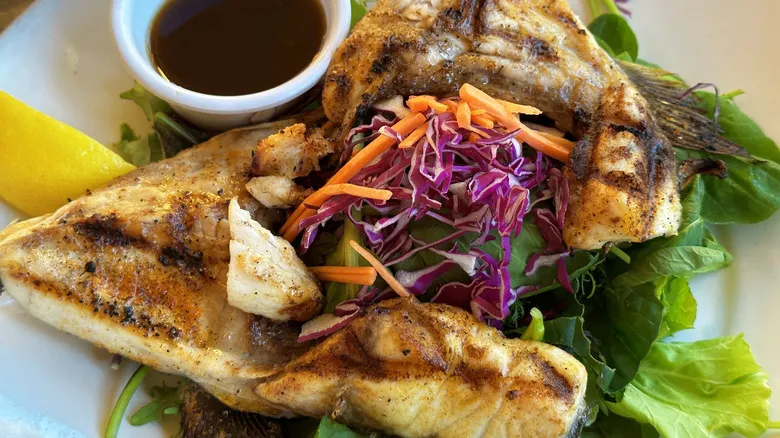
Tuna Collar: The Underrated Cut Of Fish You Need To Grill
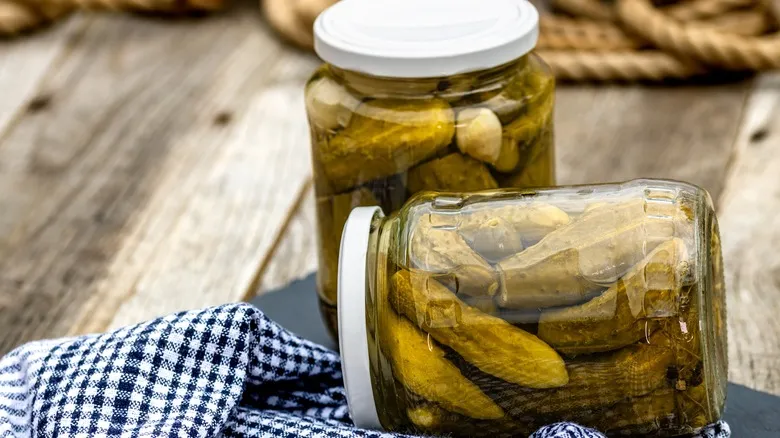
Grilled Pickles Are The Cookout Side You Didn't Know You Were Missing

Upgrade Your Cocktails By Firing Up The Grill
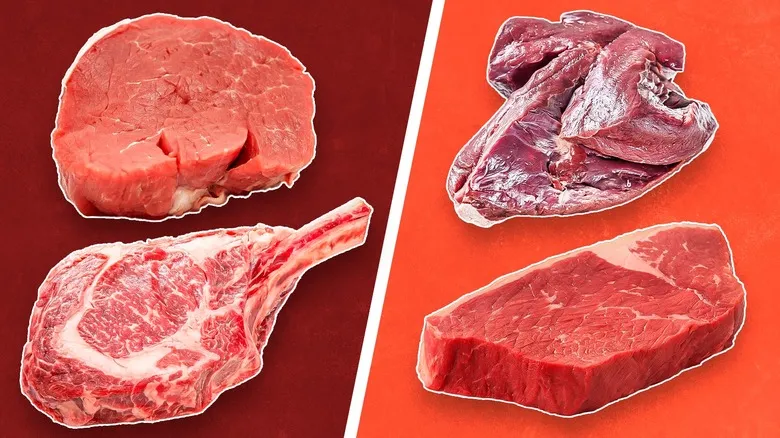
8 Cuts Of Steak You Should Always Buy And 4 You Should Avoid
Next up

